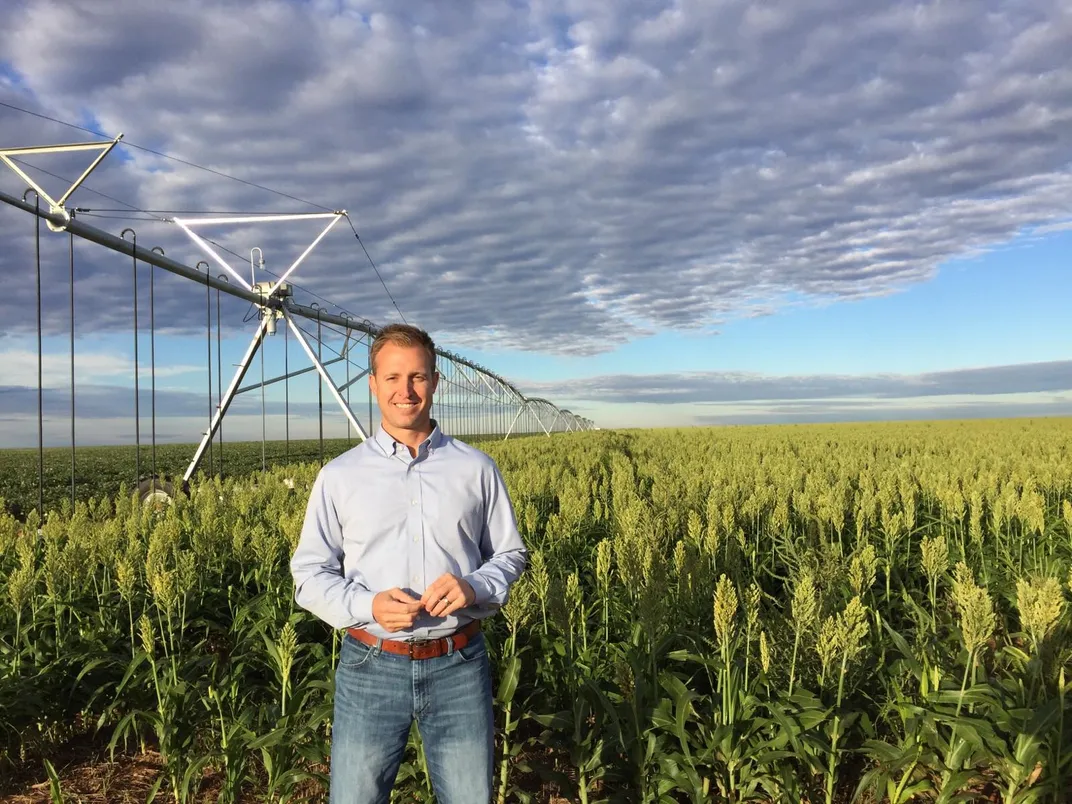In the fascinating realm of sustainable fashion, an unlikely partnership has emerged between hemp farmers and fashion designers. Together, they are merging the worlds of agriculture and design, creating an innovative and eco-friendly approach to clothing production. This unique collaboration explores the untapped potential of hemp as a versatile and sustainable material, offering a promising solution to the environmental challenges facing the fashion industry. By harnessing the natural qualities of hemp and the creative vision of fashion designers, this partnership is paving the way for a more sustainable future in the world of fashion. Prepare to be captivated by the intertwining stories of these two seemingly unrelated industries and the transformational impact they are making together.
Benefits of Hemp in Fashion Industry
Hemp, a versatile and sustainable plant, offers numerous benefits to the fashion industry. By incorporating hemp into clothing and textiles, fashion designers can make a positive impact on the environment while creating stylish and durable products. Let’s explore the various advantages of hemp in the fashion industry.
Sustainability and Environmental Impact
One of the major benefits of hemp in the fashion industry is its sustainability and minimal environmental impact. Hemp farming requires significantly fewer resources compared to other fibers such as cotton or synthetic materials. It is a naturally pest-resistant crop that requires no pesticides or herbicides, making it an eco-friendly choice. Additionally, hemp plants have deep roots that help prevent soil erosion and improve soil health.
Hemp also grows quickly, yielding a high amount of fiber per acre. Its cultivation requires less water than cotton, making it a more water-efficient alternative. Moreover, hemp plants absorb large amounts of carbon dioxide during their growth, helping to mitigate climate change. By choosing hemp-based clothing and textiles, consumers can contribute to a greener and more sustainable fashion industry.
Versatility and Flexibility in Design
Another benefit of hemp in the fashion industry is its versatility and flexibility in design. Hemp fibers can be blended with other materials, such as cotton or silk, to create unique and stylish fabrics. Hemp textiles are known for their durability and strength. They are resistant to mold, bacteria, and UV rays, making them ideal for outdoor clothing and accessories.
Hemp fabrics also possess excellent breathability and moisture-wicking properties, ensuring comfort for the wearer. The fibers soften with each wash, enhancing the longevity of hemp-based products. With its natural beige color, hemp can be easily dyed using eco-friendly dyes, providing a wide range of color options for designers. From casual wear to high-fashion garments, hemp offers endless possibilities for creative and sustainable fashion design.
How Hemp Farming Impacts Fashion Industry
The process of hemp farming has a significant impact on the fashion industry. From sourcing and production to reducing the industry’s carbon footprint, hemp farming plays a crucial role in shaping a more sustainable and responsible fashion sector.
Sourcing and Production of Hemp Fiber
The sourcing and production of hemp fiber are essential steps in integrating hemp into the fashion industry. Hemp farming involves cultivating the plant to extract its fibers, which can be used to produce various textiles and materials. Hemp fibers are derived from the stalk of the plant, which is harvested and processed to extract long, strong strands.
Compared to conventional fiber production, hemp cultivation requires fewer chemicals and water. The resilient nature of hemp plants allows for successful growth in diverse climates and soil types, making it a suitable option for regions with limited resources. By sourcing hemp fiber, fashion brands can support sustainable agriculture practices and reduce their reliance on less eco-friendly materials.
Reducing the Fashion Industry’s Carbon Footprint
One of the most pressing challenges faced by the fashion industry is its carbon footprint. Traditional textile production, especially synthetic materials, contributes to greenhouse gas emissions and pollution. However, hemp cultivation offers a solution to reduce the fashion industry’s carbon footprint.
Hemp plants have a high carbon sequestration capacity, meaning they absorb more carbon dioxide from the atmosphere compared to other plants. By incorporating hemp into fashion production, brands can offset their carbon emissions and contribute to climate change mitigation efforts. By investing in hemp farming practices, the fashion industry can take a significant step towards achieving sustainability and reducing its environmental impact.
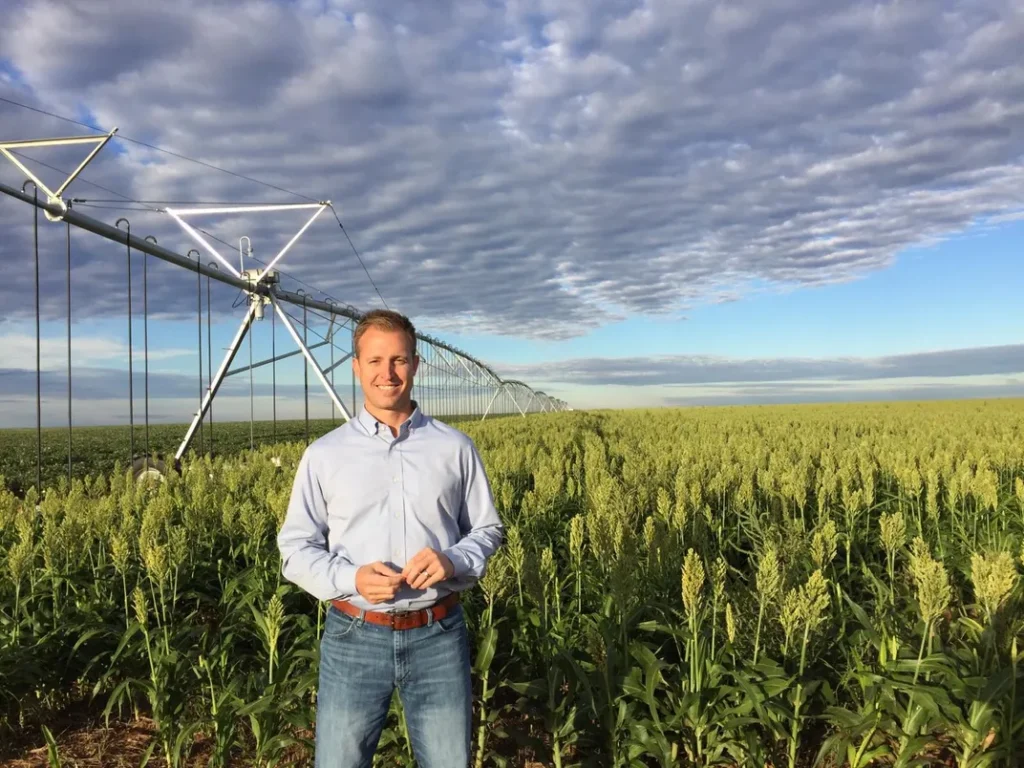
This image is property of th-thumbnailer.cdn-si-edu.com.
Challenges and Concerns
While hemp offers numerous benefits to the fashion industry, there are also challenges and concerns that need to be addressed. From regulatory issues to quality control, these factors can impact the widespread adoption of hemp in the fashion sector.
Regulatory Issues and Legalization
One of the significant challenges faced by hemp farmers and fashion designers is the regulatory framework surrounding hemp cultivation and use. In many countries, hemp falls under strict regulations due to its association with marijuana. However, it is important to distinguish between hemp and marijuana, as hemp contains minimal THC, the psychoactive compound found in marijuana.
Advocacy efforts and policy changes are essential to legalize and regulate hemp cultivation, making it easier for fashion brands to source hemp fibers. By working closely with policymakers and educating the public, the fashion industry can contribute to the wider acceptance and legalization of hemp, unlocking its full potential in sustainable fashion.
Quality Control and Consistency of Hemp Fiber
Another challenge faced by the fashion industry when it comes to hemp is ensuring consistent quality and supply of hemp fiber. As with any natural product, variations in fiber quality can occur, affecting the overall quality of the final product. To address this concern, it is crucial to invest in research and development, ensuring that hemp fibers meet the required standards for durability, softness, and other desired characteristics.
Implementing standardized testing and certification processes can help maintain consistent quality control in hemp fiber production. Collaborations between hemp farmers and fashion designers can also play a significant role in improving the consistency and understanding of hemp fiber, leading to more reliable and high-quality hemp-based products in the market.
Successful Collaborations Between Hemp Farmers and Fashion Designers
Several successful collaborations between hemp farmers and fashion designers have demonstrated the potential of hemp in the fashion industry. These collaborations showcase the benefits of using hemp fibers and highlight the innovative ways in which hemp can be integrated into fashion design.
Case Study: Patagonia and Hemp Fiber
One notable collaboration in the fashion industry is between outdoor apparel brand Patagonia and hemp farmers. Patagonia has been a vocal advocate for sustainable fashion, and they have recognized the environmental benefits of hemp. By incorporating hemp fibers into their clothing line, Patagonia has been able to offer durable and environmentally friendly products to their customers.
Patagonia’s collaboration with hemp farmers has not only supported sustainable agriculture but has also raised awareness about the benefits of hemp in the fashion industry. Through their efforts, they have inspired other fashion brands to explore the possibilities of incorporating hemp into their designs.
Case Study: Levi’s and Hemp Denim
Levi’s, a renowned denim brand, has also recognized the potential of hemp in the fashion industry. They have collaborated with hemp farmers to develop hemp denim, a sustainable alternative to traditional denim fabric. Hemp denim offers the same durability and style as regular denim, while significantly reducing the environmental impact of production.
Levi’s collaboration with hemp farmers has not only resulted in the creation of environmentally friendly denim but has also raised awareness about the importance of sustainable fashion. By showcasing the versatility and quality of hemp denim, Levi’s has paved the way for other fashion brands to consider hemp as a viable option in their designs.
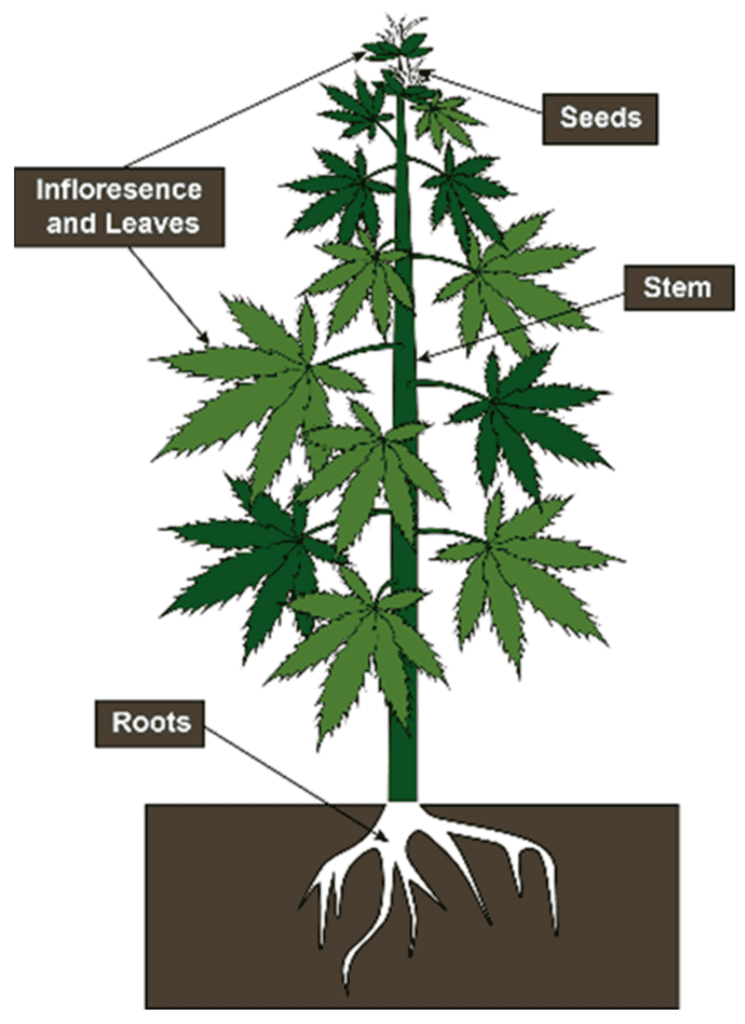
This image is property of www.mdpi.com.
The Future of Hemp in Fashion Industry
Looking ahead, the future of hemp in the fashion industry holds immense potential for increased adoption and innovation. As sustainability becomes a key focus for the fashion sector, hemp is likely to play a significant role in driving positive change.
Increasing Adoption and Integration
With growing consumer demand for sustainable fashion, the adoption and integration of hemp in the industry are expected to increase. Fashion brands are becoming more conscious of their environmental impact and are seeking alternatives to conventional materials. Hemp, with its sustainable attributes and versatile properties, is positioned to become a favored choice for designers and consumers alike.
Innovations in Hemp Textiles
The future of hemp in the fashion industry also includes advancements and innovations in hemp textiles. Researchers and designers are constantly exploring ways to improve the properties of hemp fibers, making them even more suitable for various clothing applications. Innovations such as hemp blended with other sustainable fibers or enhanced dyeing techniques can further expand the possibilities of hemp in fashion design.
By investing in research and development, fashion brands can contribute to the continuous improvement of hemp textiles, paving the way for a more sustainable and innovative future.
Promoting Ethical and Sustainable Fashion
In addition to its physical attributes, hemp can also serve as a catalyst for promoting ethical and sustainable fashion practices. By harnessing the potential of hemp, the fashion industry can make a positive impact on society and the environment.
Raising Awareness on Hemp Benefits
One of the key steps in promoting ethical and sustainable fashion is raising awareness about the benefits of hemp. Educating consumers about the environmental and social advantages of hemp can help drive demand for hemp-based products. Fashion brands can leverage their platforms to educate consumers through social media campaigns, sustainability reports, and collaborations with influencers and sustainability advocates.
By highlighting the benefits of hemp, fashion brands can encourage conscious consumer choices and promote a more sustainable fashion industry.
Encouraging Small-scale Hemp Farming
The promotion of ethical fashion also involves supporting small-scale hemp farming communities. By partnering with local farmers and cooperatives, fashion brands can contribute to the economic development of rural areas and empower local communities. Small-scale hemp farming not only provides a sustainable source of income but also helps in preserving traditional farming practices and cultural heritage.
Supporting small-scale hemp farming also ensures the traceability and transparency of the supply chain, allowing fashion brands to cultivate a closer relationship with the producers and promote fair trade practices.
This image is property of images.wsj.net.
Exploring Hemp as a Circular Resource
In the quest for a more sustainable fashion industry, exploring circular fashion practices with hemp can play a crucial role. By treating hemp as a circular resource, fashion brands can reduce waste, conserve resources, and minimize the industry’s impact on the environment.
Implementing Circular Fashion Practices with Hemp
Circular fashion practices involve designing products with longevity in mind and ensuring that materials can be recycled or repurposed at the end of their life cycle. Hemp, with its durability and versatility, lends itself well to circular fashion practices. By designing hemp-based products that can easily be disassembled, repaired, or recycled, fashion brands can contribute to a more circular economy.
Furthermore, hemp waste generated during production can be repurposed into bio-based materials or used as animal feed. By maximizing the use of hemp and minimizing waste, the fashion industry can create a more sustainable and resource-efficient model.
Closing the Loop on Hemp Waste
To fully harness the potential of hemp as a circular resource, it is essential to close the loop on hemp waste. By implementing strategies such as take-back programs or upcycling initiatives, fashion brands can ensure that hemp-based products are properly disposed of and recycled. Collaborations with recycling facilities and research institutions can further facilitate the development of innovative recycling technologies for hemp textiles.
Closing the loop on hemp waste not only reduces the industry’s environmental impact but also presents opportunities for creating new revenue streams and supporting a circular economy.
Community Engagement and Education
Engaging with local communities and promoting education on hemp farming and textiles is crucial for the successful integration of hemp in the fashion industry. By fostering collaboration and knowledge exchange, the fashion sector can build stronger relationships with hemp farmers and ensure sustainable and responsible sourcing practices.
Collaboration with Local Communities
Collaboration with local communities is essential to ensure fair and sustainable hemp sourcing. Fashion brands can work closely with hemp farming communities to establish mutually beneficial partnerships. This can involve providing training and resources to farmers, ensuring fair wages, and facilitating access to markets. By collaborating with local communities, fashion brands can contribute to the economic development of rural areas and empower farmers.
Educational Programs on Hemp Farming and Textiles
Education plays a pivotal role in the successful integration of hemp in the fashion industry. By developing educational programs targeted at farmers, designers, and consumers, the industry can increase awareness and understanding of hemp farming and textiles. Training programs can provide farmers with the knowledge and skills needed to cultivate hemp sustainably, while design schools can incorporate hemp into their curriculum to inspire future designers.
Fashion brands can also educate consumers about hemp through labeling, product information, and public campaigns. By empowering consumers with knowledge, the industry can drive demand for sustainable fashion and promote responsible consumer choices.
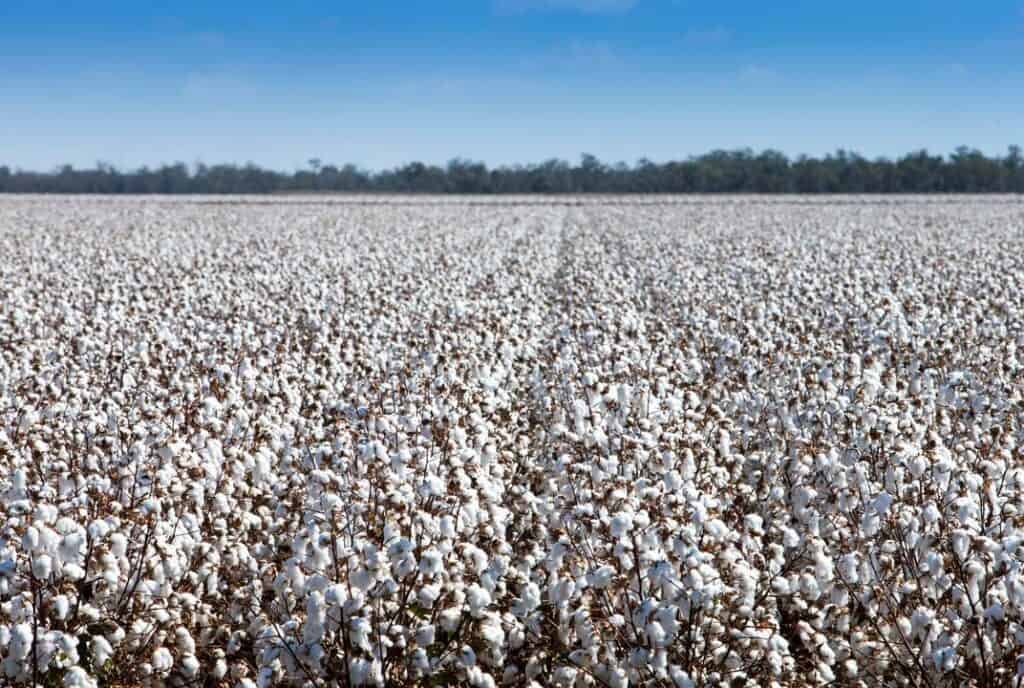
This image is property of th-thumbnailer.cdn-si-edu.com.
Consumer Demand and Market Trends
Consumer demand for sustainable fashion is on the rise, creating opportunities for hemp to thrive in the market. As more consumers seek products that align with their ethical values and environmental concerns, the demand for hemp-based clothing and textiles continues to grow.
Growing Interest in Sustainable Fashion
Consumers are increasingly aware of the environmental and social impacts of the fashion industry. They are actively seeking brands that prioritize sustainability and ethical practices. Hemp, with its sustainable attributes and regenerative farming methods, appeals to this growing segment of conscious consumers.
By promoting the benefits of hemp and highlighting its role in sustainable fashion, fashion brands can tap into this growing interest and meet consumer demands for eco-friendly products.
Supporting Responsible Brands
Another market trend that supports the integration of hemp in the fashion industry is the desire to support responsible brands. Consumers are becoming more discerning in their purchasing decisions, seeking out brands that prioritize transparency, ethical sourcing, and environmental stewardship.
Fashion brands that embrace hemp as a sustainable alternative can position themselves as responsible choices for consumers. By showcasing their commitment to sustainability and quality, these brands can build trust and loyalty among consumers who value ethical fashion.
Policy and Advocacy for Hemp in Fashion
To fully unlock the potential of hemp in the fashion industry, policy changes and advocacy efforts are crucial. By influencing government and industry policies, fashion brands and organizations can create an enabling environment for the widespread adoption of hemp as an alternative material.
Influencing Government and Industry Policies
Fashion brands can collaborate with industry associations and advocacy groups to advocate for policy changes that support hemp in the fashion industry. This can involve lobbying for hemp legalization, encouraging government support for sustainable agriculture practices, and promoting fair trade agreements that benefit hemp farmers.
Collaborative efforts among fashion brands, policymakers, and industry stakeholders can drive systemic change and create a more favorable regulatory framework for hemp in the fashion industry.
Advocating for Hemp as an Alternative Material
Advocacy plays a crucial role in raising awareness and challenging misconceptions surrounding hemp in the fashion industry. By publicly championing hemp as a sustainable and viable alternative, fashion brands can influence public opinion and change perceptions about the plant.
Through collaborations with sustainability advocates, fashion brands can leverage their platforms to advocate for hemp as a natural and environmentally friendly material. By highlighting successful case studies and showcasing the benefits of hemp, the industry can build a compelling case for the widespread integration of hemp in fashion.
In conclusion, hemp offers numerous benefits to the fashion industry, ranging from sustainability and environmental impact to versatility and flexibility in design. The successful collaborations between hemp farmers and fashion designers, such as those between Patagonia and Levi’s, exemplify the potential of hemp in creating stylish and sustainable fashion. While challenges like regulatory issues and quality control exist, advocating for hemp as an alternative material and promoting ethical fashion practices can pave the way for a greener and more responsible fashion industry. As consumer demand for sustainable fashion grows, the future of hemp in fashion looks promising, with increased adoption, innovations in hemp textiles, and a focus on promoting circularity and community engagement. By embracing hemp, fashion brands can play a vital role in shaping a more sustainable and ethical fashion industry.
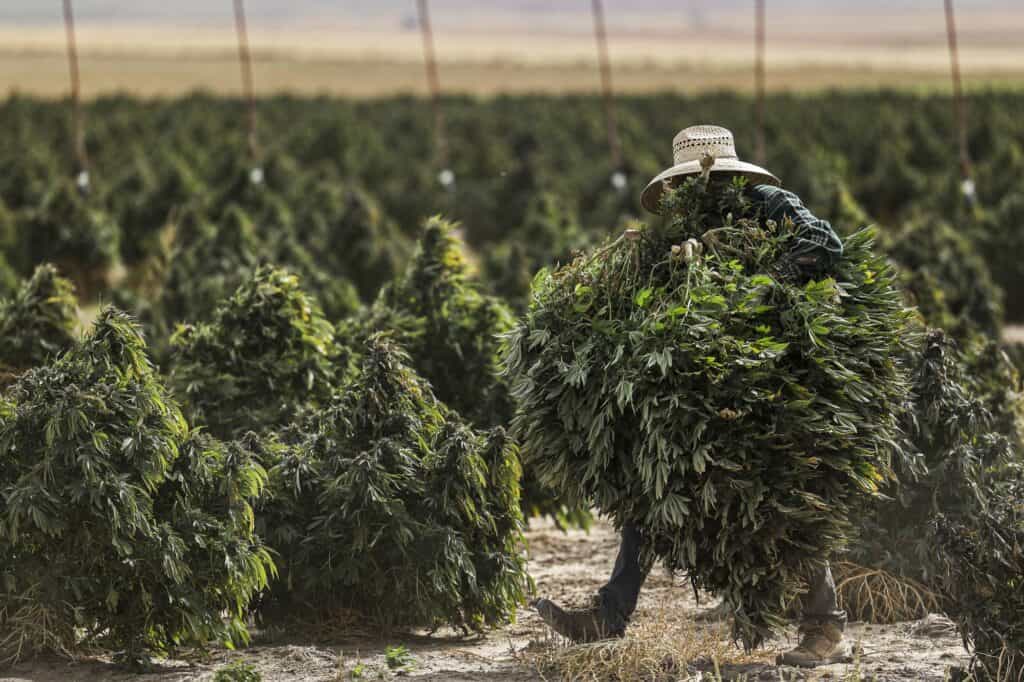
This image is property of assets.bwbx.io.
Recent Posts
Discover how bubble hash is rated on a 1 to 6 scale. From texture and color to aroma and potency, learn the key factors that determine the quality of bubble hash. Whether you're a seasoned cannabis...
Looking to learn about the most popular style of hash? This article explores the different types, from traditional to bubble hash, and reveals the people's favorite. Join us on a journey through the...

